Home>Gardening & Outdoor>Landscaping Ideas>What To Use To Kill Grass
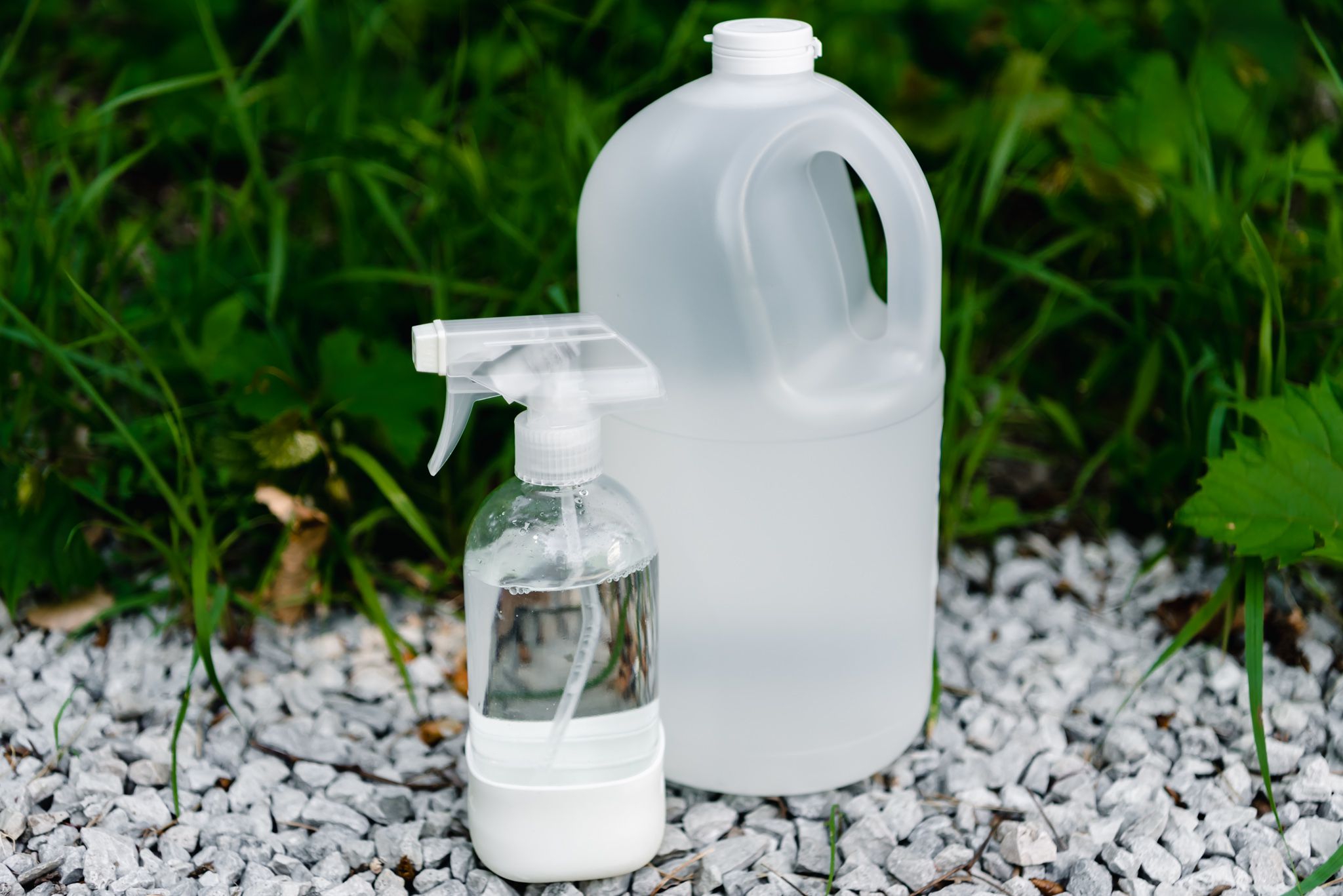

Landscaping Ideas
What To Use To Kill Grass
Published: January 28, 2024
Looking for effective landscaping ideas? Discover what to use to kill grass and achieve a pristine yard with our expert tips and recommendations. Transform your outdoor space today!
(Many of the links in this article redirect to a specific reviewed product. Your purchase of these products through affiliate links helps to generate commission for Storables.com, at no extra cost. Learn more)
Introduction
Welcome to the world of landscaping, where the greenery of a well-maintained lawn or garden can bring tranquility and beauty to your outdoor space. However, maintaining a lush landscape often entails dealing with unwanted grass that can encroach on flower beds, vegetable gardens, or hardscapes. While grass is a vital element of a healthy lawn, it can become a nuisance when it grows where it’s not wanted. Fortunately, there are several methods to effectively eliminate unwanted grass, allowing you to reclaim and maintain the beauty of your outdoor space.
When it comes to getting rid of grass, there are various approaches to consider, each with its own set of advantages and potential drawbacks. From chemical herbicides to natural and homemade remedies, as well as mechanical methods, there are numerous options to suit your preferences and the specific needs of your landscape. In this comprehensive guide, we’ll explore the different strategies for eliminating unwanted grass, providing you with the knowledge to make an informed decision based on your unique situation and environmental considerations.
Whether you’re an avid gardener, a landscaping enthusiast, or simply someone who takes pride in a well-kept lawn, understanding the various methods for eliminating unwanted grass is essential. By arming yourself with the right information, you can maintain a harmonious outdoor space that’s free from unwanted intruders, allowing your prized plants and hardscapes to flourish. Let’s delve into the diverse options available for effectively eradicating unwanted grass and reclaiming the beauty of your landscape.
Key Takeaways:
- Say goodbye to unwanted grass with options like chemical herbicides for fast results, natural herbicides for eco-friendly control, homemade solutions for a DIY approach, and mechanical methods for hands-on maintenance.
- Choose the best grass elimination method by considering effectiveness, environmental impact, and landscape characteristics. Combine strategies for a balanced approach that maintains a beautiful and sustainable outdoor environment.
Read more: What To Use To Kill Dandelions In Grass
Chemical Herbicides
Chemical herbicides are a popular and effective option for eliminating unwanted grass in a variety of outdoor settings. These products are formulated to target specific types of grass while minimizing harm to surrounding plants and the environment when used according to the manufacturer’s instructions. It’s important to note that while chemical herbicides can be highly effective, they should be used with caution and in compliance with local regulations to minimize any potential adverse effects on the ecosystem.
One of the primary advantages of chemical herbicides is their fast-acting nature. They can swiftly and efficiently eradicate unwanted grass, providing visible results within a relatively short period. Additionally, many chemical herbicides offer long-lasting effects, preventing regrowth and minimizing the need for frequent reapplication.
When considering chemical herbicides, it’s essential to select a product that targets grass specifically, as broad-spectrum herbicides may harm desirable plants and vegetation. Reading and following the label instructions is crucial to ensure the safe and effective use of these products. Furthermore, choosing selective herbicides designed to target specific types of grass can help minimize the impact on surrounding flora and fauna.
While chemical herbicides offer potent and targeted grass elimination, it’s important to be mindful of their potential environmental impact. When used responsibly and in accordance with local regulations, chemical herbicides can be a valuable tool for maintaining a well-manicured landscape. However, it’s crucial to weigh the benefits against the potential risks and consider alternative methods if environmental impact is a primary concern.
Before using chemical herbicides, it’s advisable to conduct thorough research and consult with local gardening or landscaping professionals to determine the most suitable product for your specific needs. By approaching the use of chemical herbicides with care and consideration, you can effectively eliminate unwanted grass while preserving the overall health and beauty of your outdoor environment.
Natural Herbicides
For those seeking a more environmentally friendly approach to eliminating unwanted grass, natural herbicides offer a compelling alternative to chemical solutions. Natural herbicides are derived from plant-based ingredients and are formulated to target and suppress the growth of unwanted grass while minimizing harm to the surrounding ecosystem. These products are often favored for their biodegradability and reduced impact on beneficial insects and wildlife.
One of the primary advantages of natural herbicides is their eco-friendly nature. These products are designed to break down naturally without leaving harmful residues in the soil or water. This characteristic makes them a preferred choice for environmentally conscious gardeners and landscapers who prioritize sustainable practices.
Natural herbicides are also known for their gentle yet effective approach to controlling unwanted grass. While they may require more frequent applications compared to chemical herbicides, their ability to suppress grass growth without posing significant risks to surrounding plants, animals, and ecosystems makes them a valuable option for those seeking a greener approach to landscaping maintenance.
It’s important to note that natural herbicides, while generally safer for the environment, should still be used with care and in accordance with the manufacturer’s instructions. Understanding the specific application requirements and recommended usage frequency is essential for achieving optimal results while minimizing any potential unintended impact on the landscape.
When considering natural herbicides, it’s advisable to research and select products that are certified organic or endorsed by reputable environmental organizations. By choosing natural herbicides with recognized certifications, you can ensure that your landscaping practices align with sustainable and eco-conscious principles.
Ultimately, natural herbicides offer a compelling solution for those seeking to eliminate unwanted grass while prioritizing environmental stewardship. By incorporating these eco-friendly products into your landscaping routine, you can effectively manage grass growth while nurturing a healthy and vibrant outdoor environment that harmonizes with nature.
To kill grass, use a non-selective herbicide like glyphosate. Follow the instructions carefully and apply on a dry, calm day to avoid drift. Wear protective clothing and avoid spraying near desirable plants.
Homemade Herbicides
For individuals who prefer a DIY approach to landscaping maintenance, homemade herbicides present a cost-effective and customizable option for eliminating unwanted grass. These homemade solutions often utilize common household ingredients and natural components to create effective grass control formulations. While homemade herbicides may require more frequent application compared to commercial products, they offer the flexibility to tailor the ingredients to specific grass types and environmental considerations.
One of the key advantages of homemade herbicides is their accessibility and affordability. By utilizing readily available household items such as vinegar, salt, and dish soap, individuals can create their own grass control solutions without the need to purchase specialized products. This DIY approach not only reduces costs but also provides a sense of empowerment and creativity in managing landscaping challenges.
Homemade herbicides also offer the benefit of customization, allowing individuals to adjust the formulation to suit their specific grass elimination needs. Whether targeting grass in a garden bed, along pathways, or in between pavers, homemade herbicides can be tailored to address localized issues without the risk of harming surrounding plants and hardscapes.
It’s important to approach the use of homemade herbicides with caution and mindfulness of their potential impact on the environment. While these DIY solutions can be effective in controlling unwanted grass, it’s essential to avoid excessive use and consider their broader implications on soil health and beneficial organisms. Additionally, understanding the appropriate application methods and dilution ratios is crucial for maximizing the efficacy of homemade herbicides while minimizing unintended consequences.
Before using homemade herbicides, it’s advisable to research and experiment with small-scale applications to gauge their effectiveness and observe any potential interactions with the surrounding landscape. By taking a thoughtful and measured approach to homemade herbicides, individuals can harness the benefits of DIY grass control while maintaining a balanced and sustainable outdoor environment.
Mechanical Methods
When it comes to eliminating unwanted grass without the use of chemicals or herbicidal solutions, mechanical methods offer a hands-on and environmentally friendly approach to grass control. These methods involve physical intervention to remove or suppress grass growth, providing a natural and sustainable alternative for maintaining a well-groomed landscape.
One of the primary mechanical methods for grass elimination is manual removal. This involves physically uprooting or cutting out unwanted grass from the soil, either by hand or with the assistance of gardening tools. While manual removal may be labor-intensive, it offers the advantage of precise targeting, allowing individuals to selectively address specific areas without affecting surrounding plants or soil composition.
Another mechanical approach to grass control is the use of landscape fabric or mulch. By applying landscape fabric or a thick layer of organic mulch to areas prone to grass encroachment, individuals can effectively suppress grass growth while promoting soil moisture retention and weed prevention. This method not only inhibits the emergence of unwanted grass but also contributes to the overall health and appearance of the landscape.
For larger-scale grass management, mechanical methods such as mowing, edging, and trimming play a crucial role in maintaining a neat and well-defined outdoor space. Regular mowing helps keep grass at a manageable height, reducing the likelihood of it spreading into undesired areas. Edging and trimming along borders and pathways create clean lines and barriers, preventing grass from encroaching on designated spaces.
It’s important to note that while mechanical methods offer a natural and sustainable approach to grass control, they may require ongoing maintenance to sustain their effectiveness. Regular monitoring and upkeep are essential to prevent the reestablishment of unwanted grass and maintain the desired aesthetic and functionality of the landscape.
By incorporating mechanical methods into landscaping routines, individuals can take a proactive and environmentally conscious approach to managing unwanted grass. Whether through manual removal, mulching, or routine maintenance, these hands-on strategies contribute to a harmonious and well-maintained outdoor environment without relying on chemical interventions.
Read more: What To Use To Kill Nut Grass
Conclusion
As you navigate the diverse landscape of grass elimination methods, it’s clear that there are numerous approaches to suit a wide range of preferences and environmental considerations. Whether you opt for the fast-acting efficacy of chemical herbicides, the eco-friendly nature of natural herbicides, the DIY appeal of homemade solutions, or the hands-on approach of mechanical methods, each strategy offers its own set of advantages and considerations.
When deciding on the most suitable method for eliminating unwanted grass in your outdoor space, it’s essential to weigh the effectiveness, environmental impact, and long-term sustainability of each approach. Consideration should also be given to the specific characteristics of your landscape, such as the types of grass to be controlled, the presence of desirable plants, and the overall ecosystem health.
Furthermore, integrating a combination of methods, such as utilizing natural herbicides in conjunction with mechanical maintenance, can offer a comprehensive and balanced approach to grass control. By leveraging the strengths of multiple strategies, you can tailor your approach to align with your environmental values while achieving effective and lasting results.
Ultimately, the goal of eliminating unwanted grass is not only to maintain a visually appealing landscape but also to foster a thriving and sustainable outdoor environment. Whether you choose to rely on chemical precision, natural eco-consciousness, DIY ingenuity, or hands-on stewardship, the methods you employ should reflect a commitment to the well-being of your landscape and the broader ecosystem.
By staying informed, exercising care in application, and embracing a holistic approach to grass control, you can cultivate a landscape that embodies both beauty and environmental responsibility. As you embark on your grass elimination journey, may your outdoor space flourish with vitality and charm, reflecting your dedication to nurturing a harmonious coexistence between nature and human intervention.
Frequently Asked Questions about What To Use To Kill Grass
Was this page helpful?
At Storables.com, we guarantee accurate and reliable information. Our content, validated by Expert Board Contributors, is crafted following stringent Editorial Policies. We're committed to providing you with well-researched, expert-backed insights for all your informational needs.
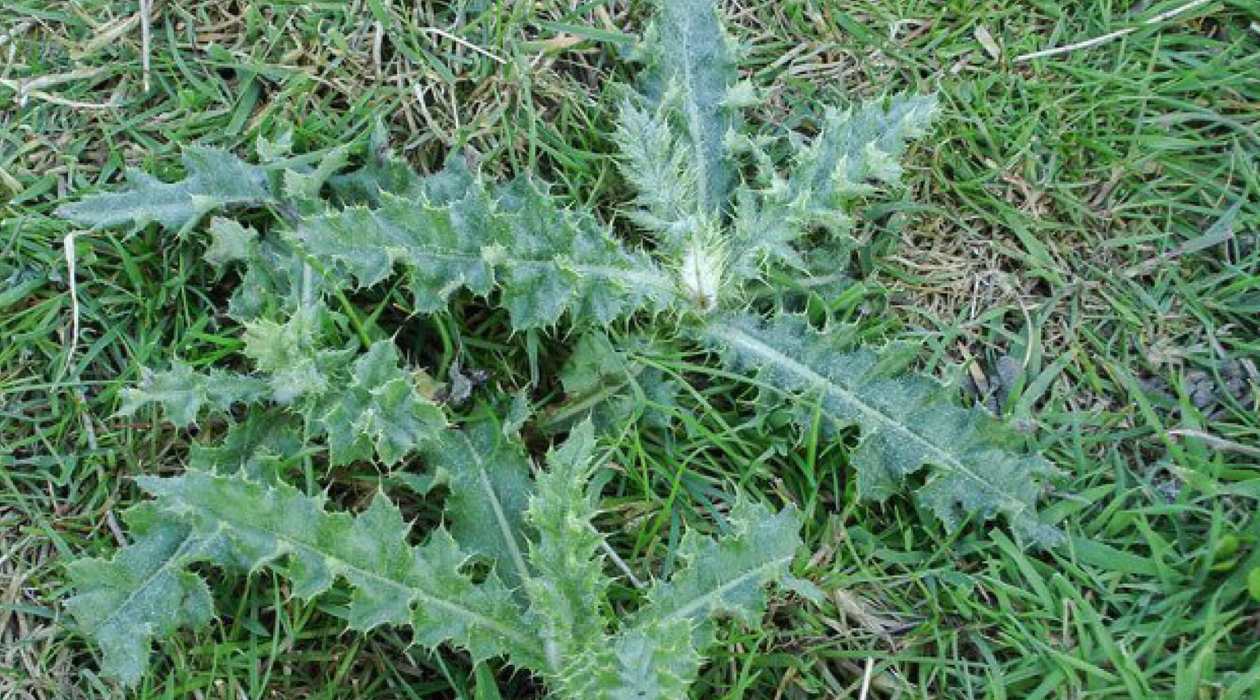
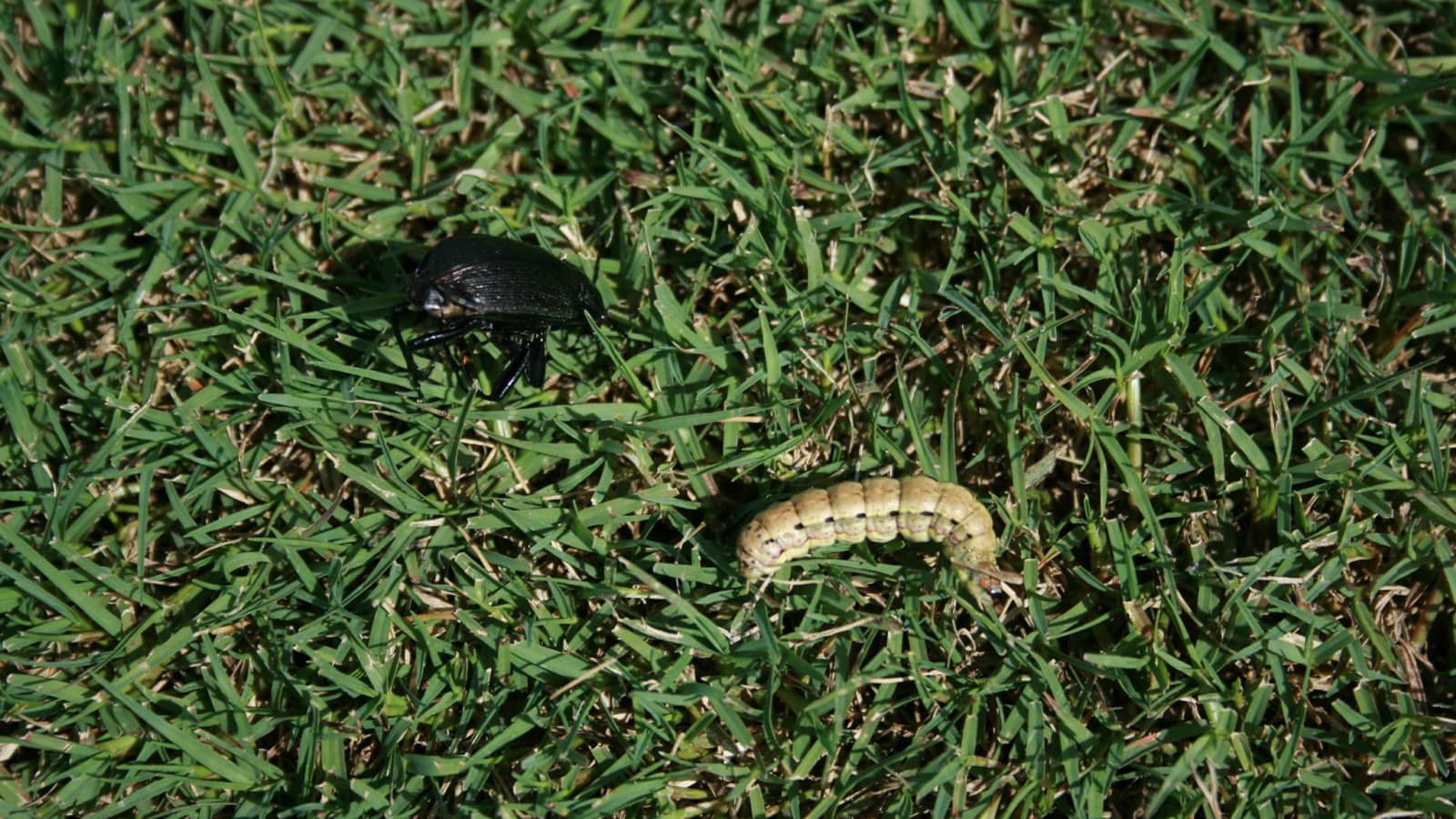
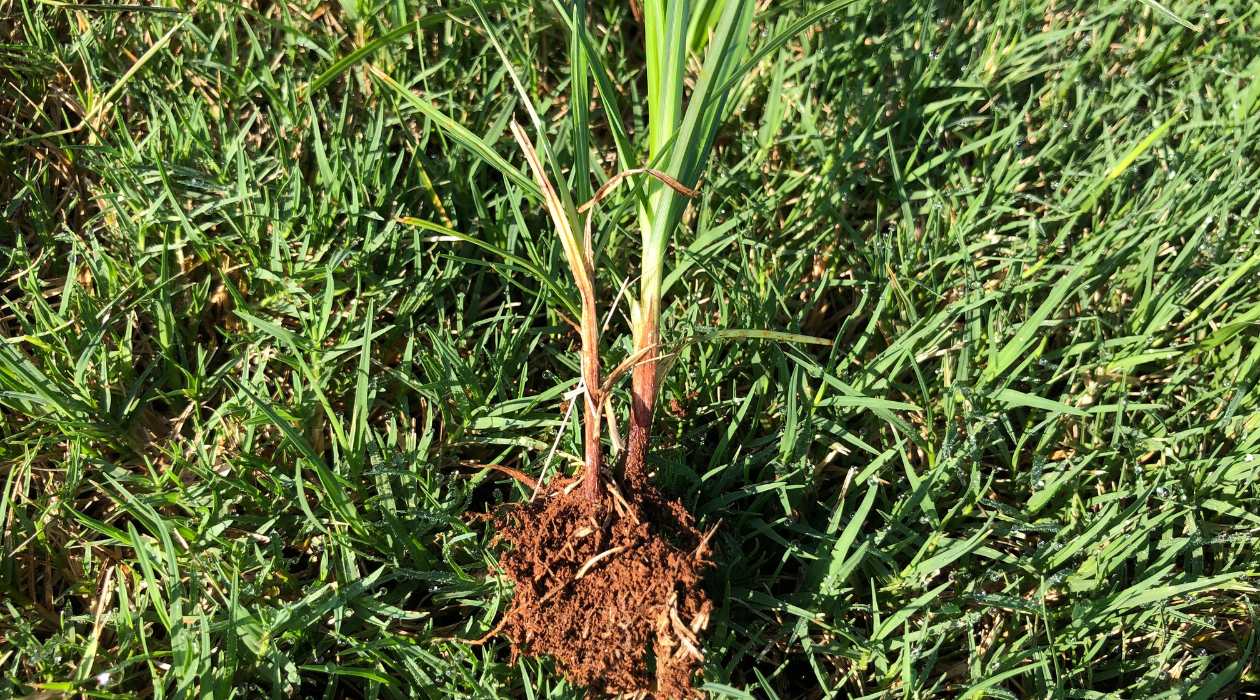
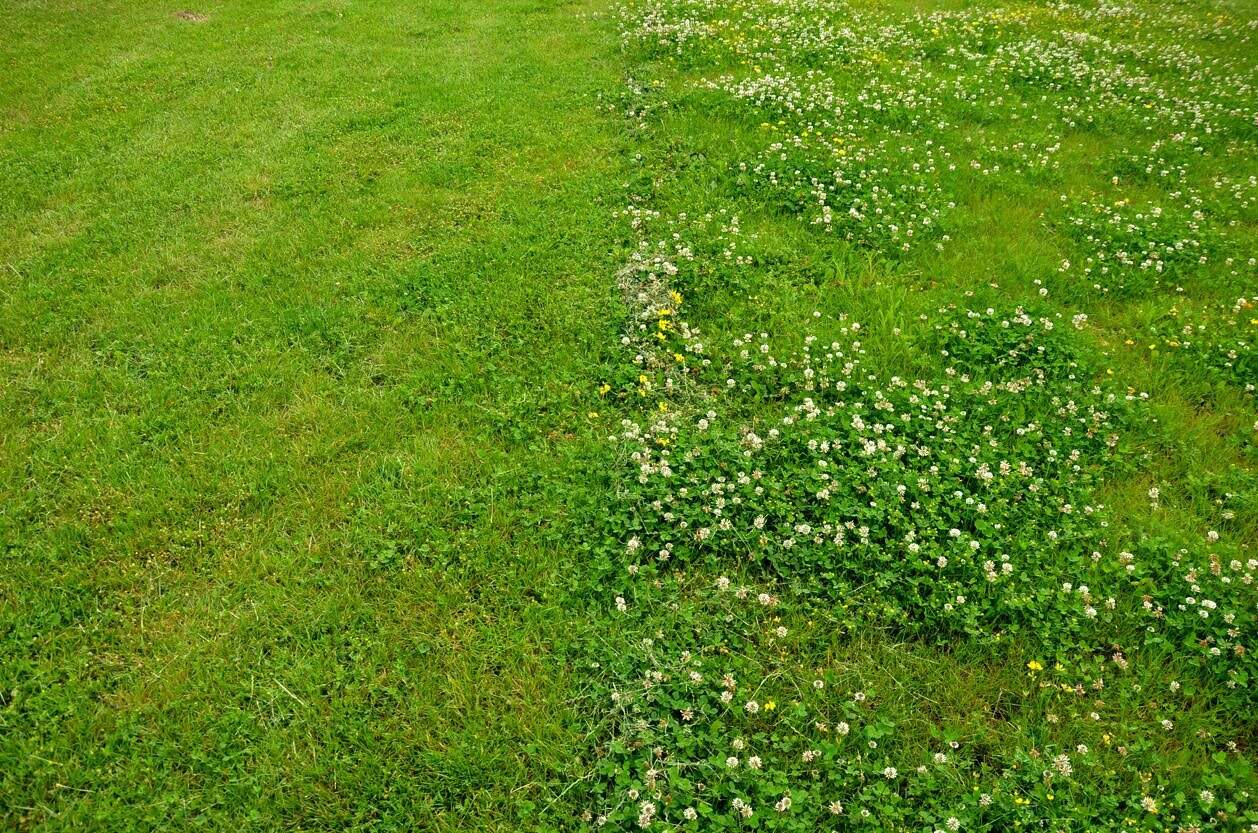
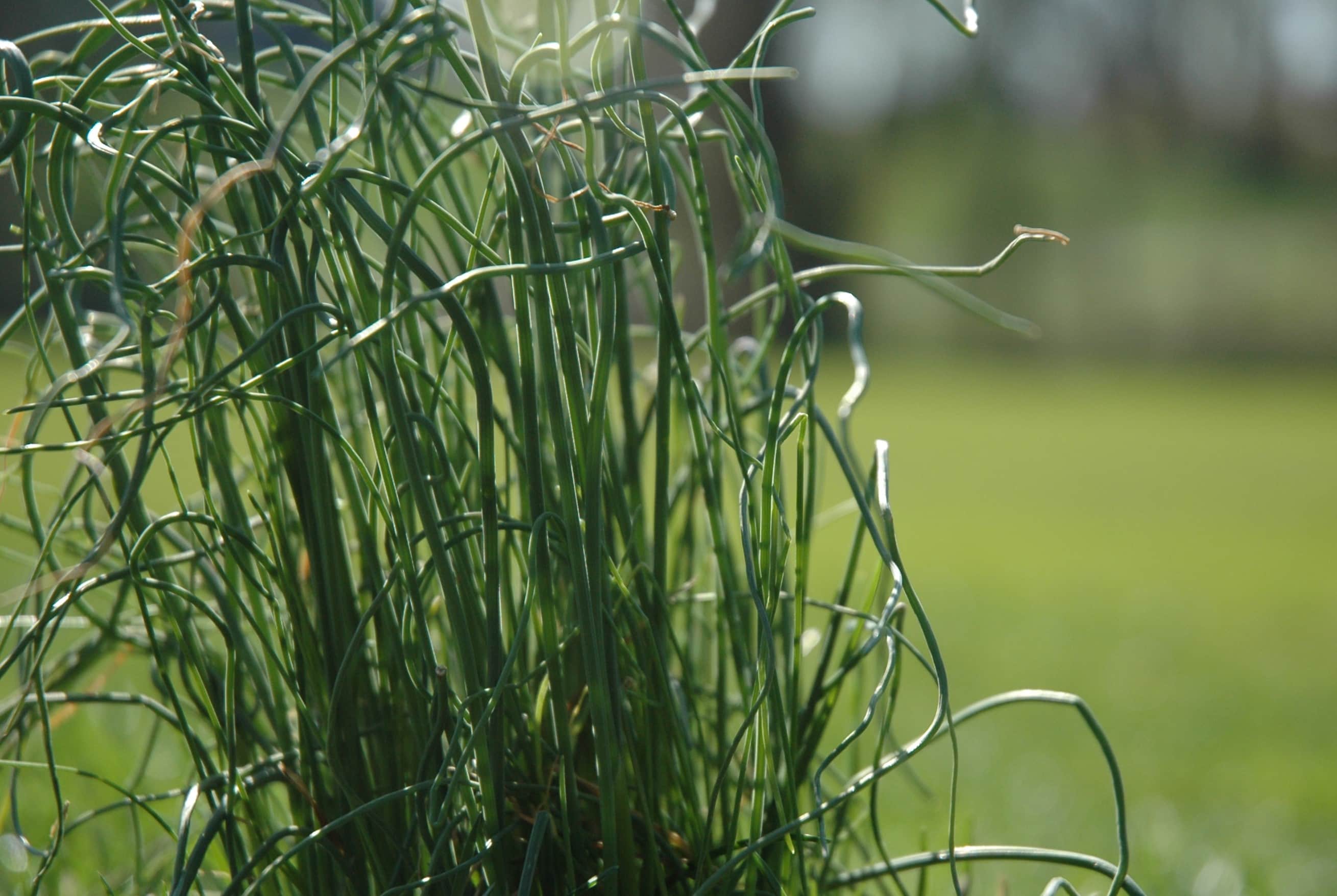

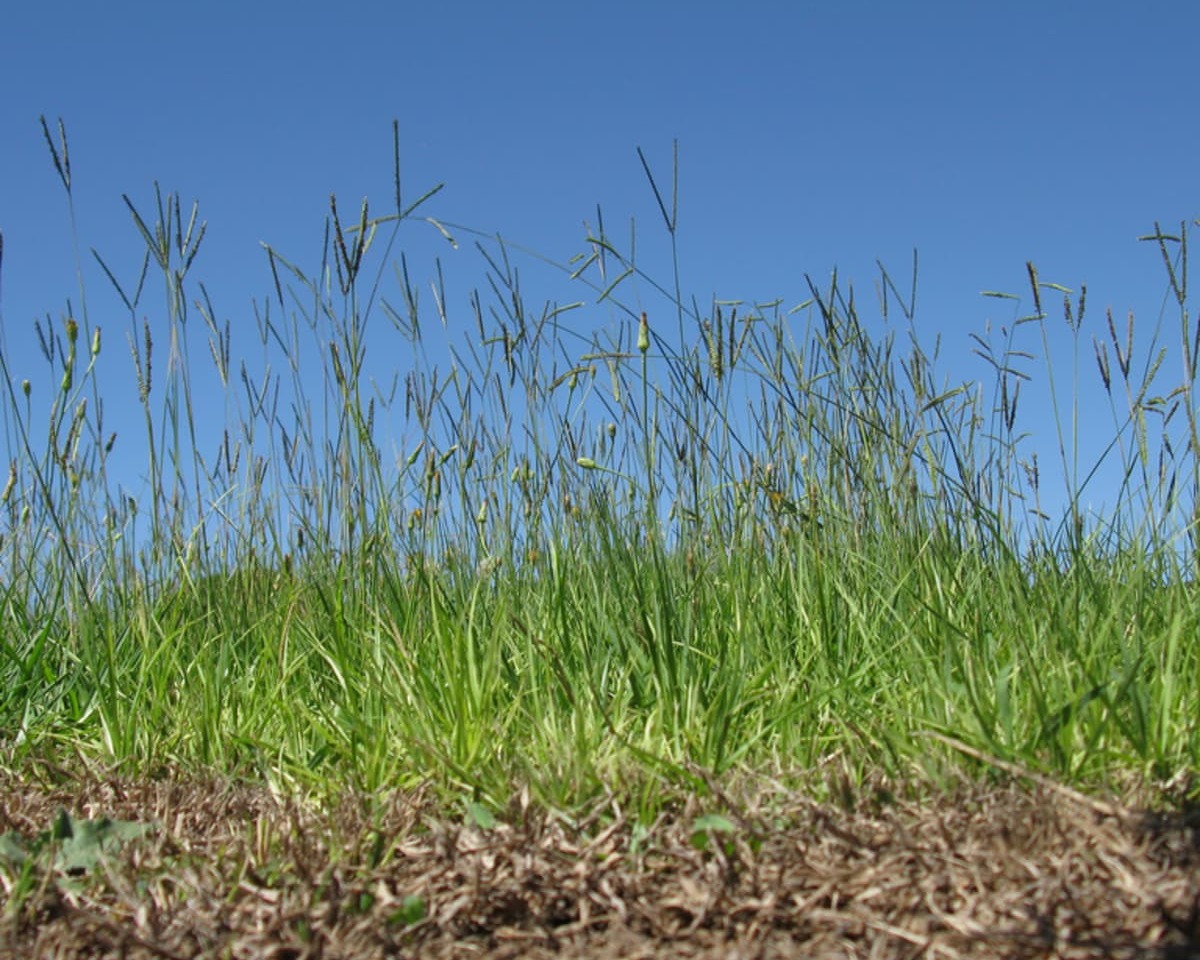

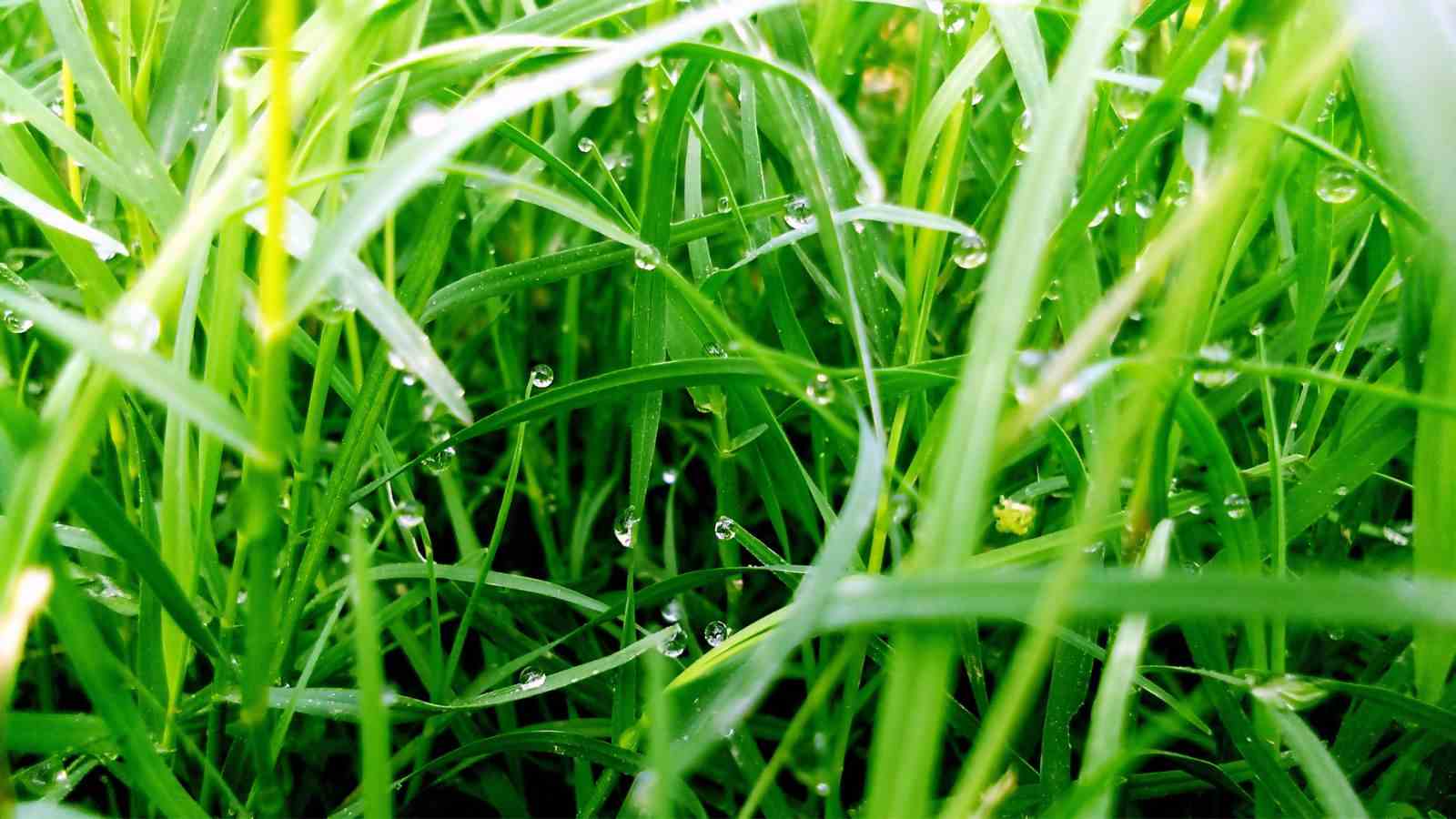

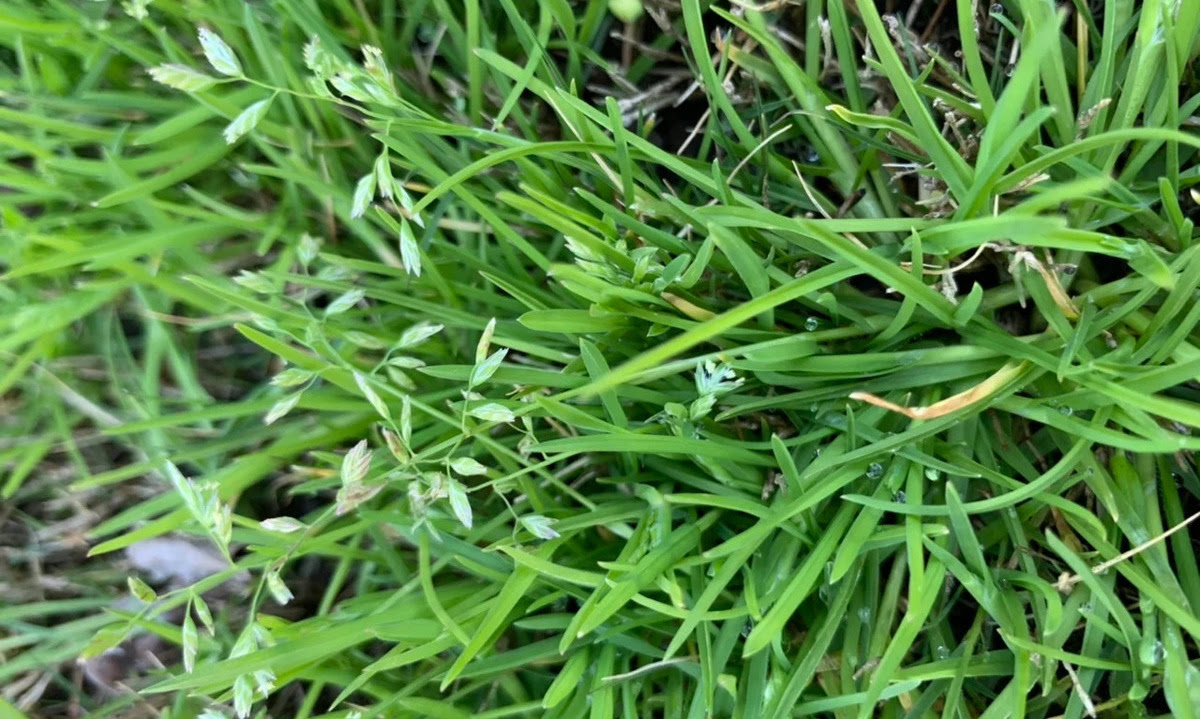
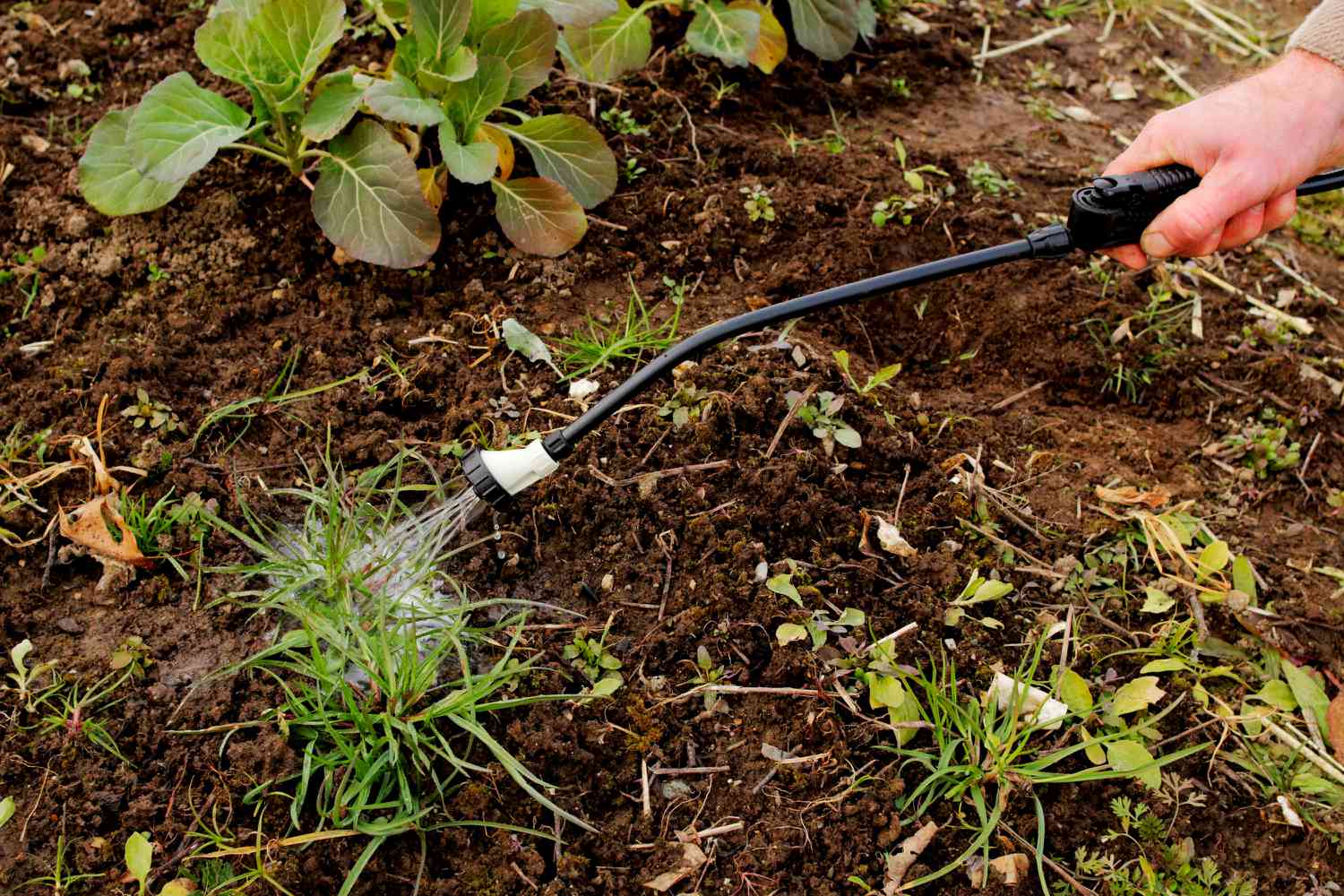
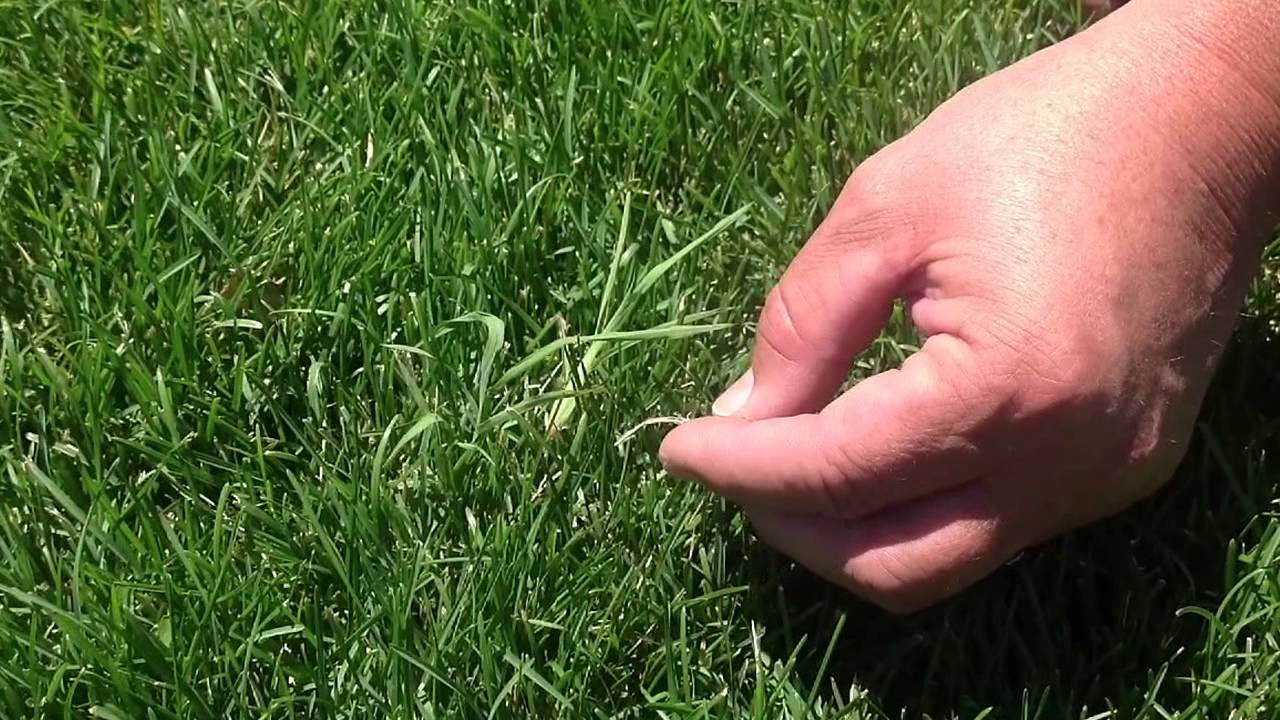
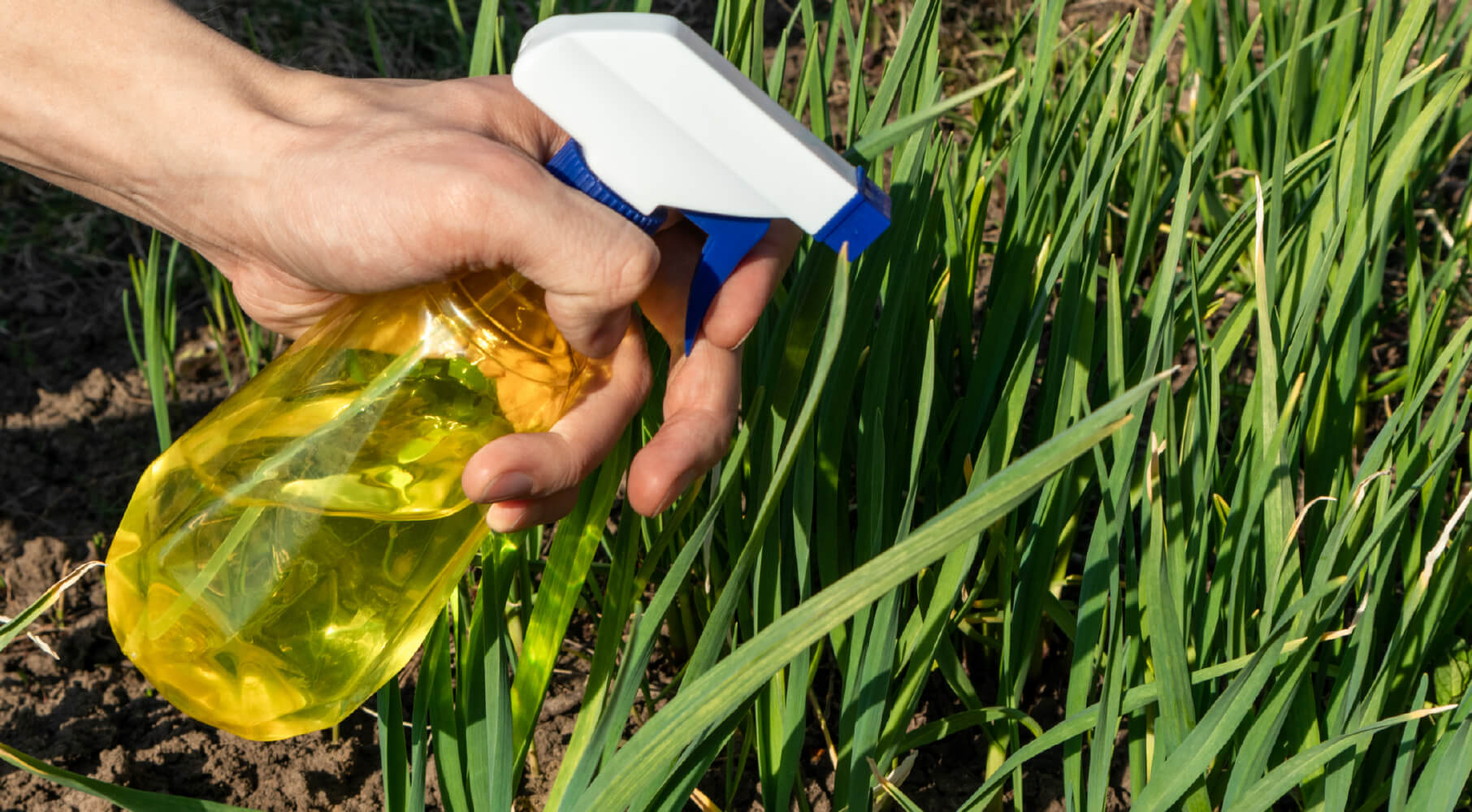

0 thoughts on “What To Use To Kill Grass”